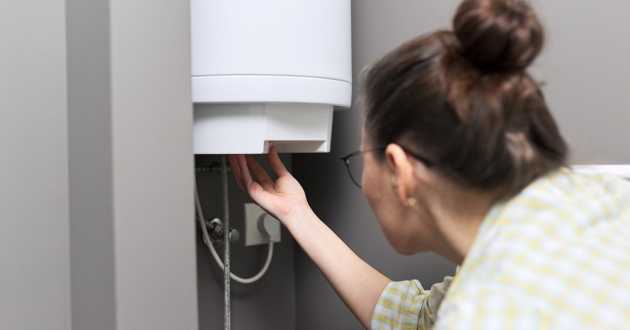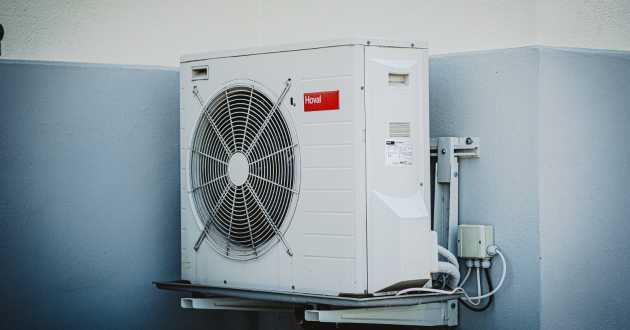Water Damage: What It Does, What Causes It, And How To Repair Its Effects On Your Home
- - Category: Remodeling
- - 02 Apr, 2024
- - Views: 118
- Save

Water damage is insidious and can lead to the untimely end of your home if you're not careful.
The horror story of returning home to a flooded living room or discovering a leaky ceiling can turn a homeowner's world upside down. Water damage is more than a mere inconvenience—it's a destructive force that can undermine the very structure of your home, breed mold, and become a financial burden. In this comprehensive guide, we'll address this fearsome foe in three parts: first, we will dissect what water damage entails; next, we will seek out the main culprits behind its occurrence; and finally, we will unveil a plan for effectively repairing its havoc on your home.
The Torrent Within: Unveiling Water Damage's Nature
When your walls begin to develop eerie stains, or the once-sturdy boards beneath your feet start to buckle, it's more than just water you are seeing. Water damage can take the silent toll, weakening supports, and disfiguring your most cherished living spaces. But how does it occur? Water damage is manifest through various forms, from ceiling leaks that result in discoloration and sagging, a wet basement leading to mold, to the subtle warping of wooden surfaces that may betray a slow leak. But beneath these visible signs lies the insidious potential for more profound issues like foundation erosion or electrical system malfunction, proving that water damage is an adversary not to be underestimated.
To understand water damage is to recognize its three main types: clean water damage from broken pipes or rain, gray water damage from appliances like washing machines or dishwashers, and black water damage with harmful contaminants from sewage or natural flooding. Each type demands a different approach for repair and a swift response to mitigate any health risks or further damage. Homeowners must be vigilant to the telltale signs, from the smell that accompanies mold to the texture of water-soaked drywall, enabling them to address water damage with the urgency it requires.
Tracing Drips to Their Source: Common Causes of Water Damage
The quest to quell water damage begins with an investigation into its sources. A leak might seem an obvious culprit, but its origins can be multifaceted, and understanding them is key to both prevention and remedy. Weather is often a factor, with ice dams forming during winter and bursting pipes in extreme cold. However, everyday occurrences such as a faulty washing machine hose, an unnoticed slow drip from a kitchen pipe, or an aging water heater can be equally responsible for unleashing water's destructive power within your home.
Prevention is the best defense against water damage, and a proactive approach involves regular inspection and maintenance. Keep an eye on the health of your roof, ensure gutters are clear, install a sump pump in your basement, and always maintain appliances according to manufacturer recommendations. Understanding the age and condition of your home's systems, as well as the risk factors for your geographical area, equips you with the knowledge to fight back against water damage.
Sailing Through the Aftermath: Repairing Water Damage in Your Home
Once water damage has taken hold of your home, the road to recovery can appear long and uncertain. However, with a clear plan and the right help, your home can be restored. Water damage restoration can be a multifaceted venture, requiring technical expertise, time, and often a significant financial commitment. The immediate steps you take, like removing standing water, drying affected areas, calling an emergency plumber, and beginning the disinfection process, are crucial to preventing further harm and the spread of contaminants.
Beyond these initial emergency measures, the repair process will differ depending on the type of water damage your home has experienced. For clean water damage, remediation often involves replacing damaged materials and ensuring proper restoration. Gray and black water damage raise additional health and safety concerns, necessitating professional guidance to handle decontamination and disposal. As well, things like a mold removal service might also be necessary. Understanding the risks and the best techniques for your specific water damage scenario is vital.
In conclusion, water damage is an omnipresent risk that, with the knowledge and vigilance of homeowners, can be minimized and managed. A thorough grasp of its nature, its sources, and the steps to repair offers a shield against one of the most frequent causes of home destruction. By staying informed and taking the necessary precautions, your home can ride the waves of water damage and emerge unscathed.



